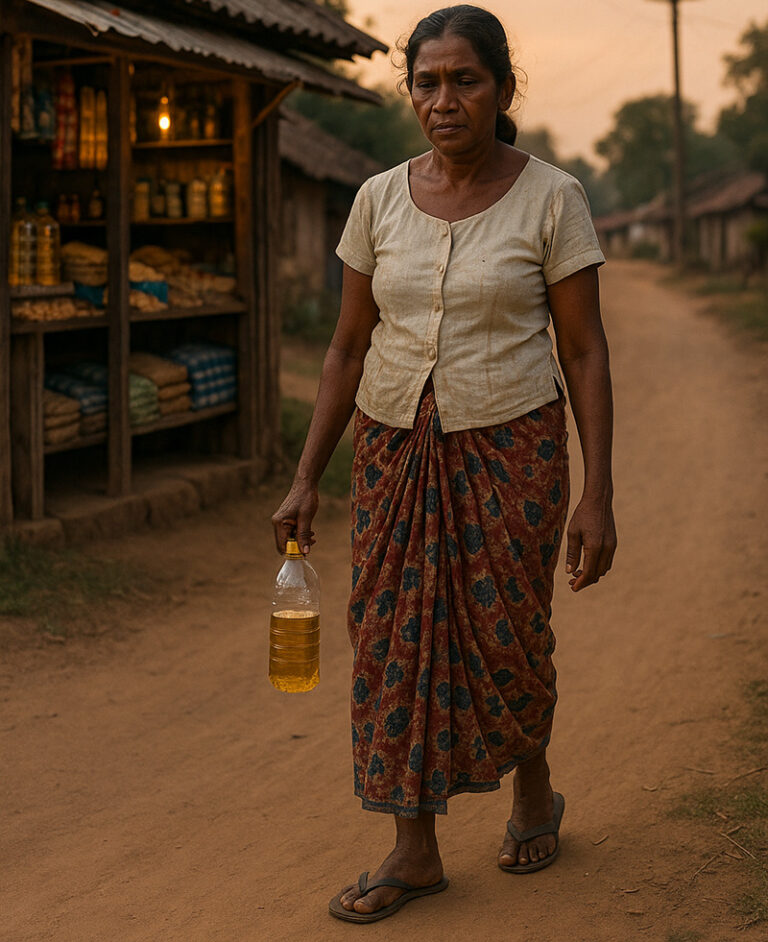Sri Lanka is experiencing a significant demographic shift as the annual number of births declines while deaths increase, reports from the Registrar General’s Department and the Central Bank of Sri Lanka (CBSL) have revealed. This imbalance is expected to impact the nation’s population structure and economic stability.
According to the Registrar General’s Department, the annual birth rate has dropped from approximately 325,000 before 2020 to 280,000 in the last three years. Simultaneously, the death rate has risen from around 140,000 to 180,000 during the same period. Senior Deputy Registrar General, Attorney-at-Law Lakshika Ganepola, expressed concerns that these trends would negatively affect the population growth of the country.
Further corroborating these findings, the CBSL reported a decline in the population from 22.2 million in 2022 to 22 million in 2023, marking a 0.6% decrease. The birth rate has fallen from 1.93% in 2007 to 1.12% in 2023, while the death rate increased from 0.59% in 2007 to 0.82% in 2023.
Parliamentarian Udaya Gammanpila has highlighted another factor contributing to the demographic challenges— the emigration of younger people. Gammanpila warned that unless actions are taken to retain the younger generation, Sri Lanka might face a future with a larger proportion of senior citizens relative to younger citizens. He stressed the importance of addressing these issues to prevent potential socioeconomic impacts due to the demographic imbalance.
These shifts pose significant challenges for Sri Lanka’s healthcare, pension systems, and overall economic growth, necessitating urgent attention from policymakers to mitigate long-term repercussions on the nation’s development and stability.








